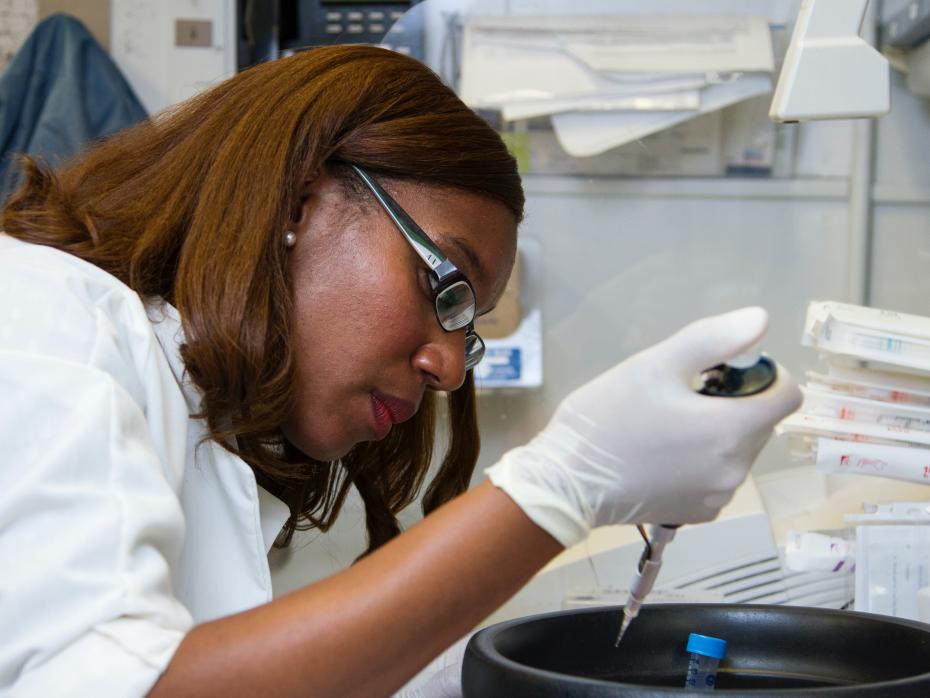In recent years, talk of social entrepreneurship has become a highly relevant topic in universities, not only for its value in addressing local problems but also because of its impact on educational processes.
Learning, or at least thinking, about social entrepreneurship offers students a wide range of knowledge – often around administration and business, but it also helps them develop skills related to empathy, awareness and social sense/justice. Under the ODS’ (a movement allied with the United Nations’ Sustainable Development Goals) vision, every professional must find a way to promote sustainability and responsibility toward the future. Social entrepreneurship is an excellent and achievable way for universities to meet this commitment to the young people attending their classrooms.
- How to embed service to society within the educational experience
- Building the future: the case for inter-faculty learning
- How community projects can promote students’ critical thinking skills
With this in mind, and following the “Everyone a Changemaker” vision of the international organisation Ashoka, a group of teachers at Monterrey Institute of Technology, where I work, developed the Social Entrepreneurship Learning 4 Complexity (SEL4C) methodology, which seeks to make the process of generating ideas with social value available and achievable for any student with a desire to start their own business, regardless of their discipline or educational institution.
Unlike other existing methodologies, SEL4C is based on principles that go beyond entrepreneurship, instead placing higher relevance on developing entrepreneurship skills and focusing on the individual rather than the project. In this way, the student acquires the ability to generate valuable ideas, alongside useful universal competencies such as self-control, leadership, social awareness and value alongside innovation and complex thinking. As such, SEL4C is a methodology applicable to any course with a social component, even if it’s not directly related to business or entrepreneurship training.
SEL4C proposes a series of activities divided into five key moments that we can all include in our courses along with our contents. The vision is based on the fact that all change begins with an idea – which we seek to generate using this methodology.
The first step is for students to take time to reflect on the problems around them. Encourage them to read newspapers or other local sources to find out what is happening in their neighbourhood, city or country in terms of social needs. Local problems are usually best solved at a local level, so we recommend that the challenge to be tackled involves their own situation, community or region. Once the problem has been identified, students can transpose it to national and international levels to determine how much this problem affects people outside their community and measure its magnitude.
For the second step, with their chosen challenge in hand, students research what is being done to address or solve the problem. They should explore websites of local and international civil organisations, government entities or international agents such as B Corporations and other foundations focused on the chosen challenge. The objective is to identify what is being done already and how this problem is being addressed.
The third moment, which is crucial, is generating the value proposition. What can we do differently? What is being done elsewhere that could work for our community? Which changes would we have to make or consider? For this step, students should have a clear view of the problem they intend to address in order for them to make a valuable contribution. The proposition should ideally focus on their own environment, since this will allow them more certainty regarding implications and impact.
Once they have an idea, the fourth step is sharing it. Students discuss their value proposition with someone from their community experiencing the problem in order to validate the proposal as applicable, appropriate and viable for potential users. If possible, we recommend they visit the community directly to collect valuable information to improve their idea and consider elements that might not have been so evident beforehand.
Finally, invite the students to turn their valuable idea into a social entrepreneurship proposition by creating a three- to five-minute presentation or pitch. By having to explain the proposition orally, talk up the project’s originality and sum up the various elements that were researched during the ideation process, the aim of this step is for the concept to be refined and posed more concisely.
We recognise that, at this stage, there will be some elements to address regarding the project’s execution, but it is important to remember that the objective of SEL4C is to trigger ideas rather than develop a social entrepreneurship concept through to completion. Thus, as a companion to this methodology, we suggest looking into university or government entrepreneurship acceleration environments for students who want to continue their process.
José Carlos Vázquez Parra is a professor in the School of Humanities and Education and a researcher for the Institute for the Future of Education at Monterrey Institute of Technology, Mexico.
If you found this interesting and want advice and insight from academics and university staff delivered direct to your inbox each week, sign up for the THE Campus newsletter.




comment